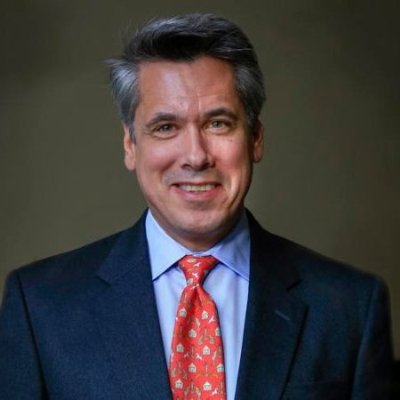Some pundits predict that the recent financial turmoil will hurl our economy straight into the “Great Depression II.” Only time will tell if such predictions become reality. What does seem certain is that the recent credit crisis and the violent gyrations in our capital markets have severely damaged investor confidence in our equity markets.
The significant loss of investor confidence in our equity markets must be addressed before the U.S. economy can recover. Many investors believe our equity markets are not transparent. They point to the fact that investments that were not long ago rated AAA are now worthless. Large companies once considered to be rock solid have simply vanished. Moreover, investors know many more unpleasant surprises likely lie ahead.
To make matters worse, each day brings a fresh batch of news reports about impending market doom. In early October, Jim Cramer appeared on NBC’s “Today” show. He instructed a shell-shocked audience of millions to take whatever money they need for the next five years out of the stock market, “right now.” On Thursday, former Federal Reserve Chief Alan Greenspan told Congress that the current global financial crisis is a “once in a century credit tsunami.” Clearly, restoring investors’ faith in the equity markets will be a long and arduous task.
The federal government has taken on this task before. After the stock market crash of 1929 and the ensuing Great Depression, our government engaged in a deliberate campaign to restore the public’s faith in our markets. Before the crash of 1929, investors saw the stock market soar. The market was filled with speculators using a great deal of leverage to increase their returns. On “Black Monday”, in October 1929, the market crash began with the Dow Jones tumbling 12.8 percent. By July 1932 the market had plummeted almost 90 percent, decimating investor confidence.
Congress responded by enacting the Securities Act of 1933 and the Securities Exchange Act of 1934. These laws provided investors and the markets with more reliable information and clear rules of honest dealing. In addition, Congress established the Securities and Exchange Commission to enforce these laws, promote stability in the markets and protect investors. This new regulatory scheme bolstered investor confidence and spurred the markets slow recovery. It took 25 years before the Dow would surpass its 1929 peak.
Many of today’s investors have been hit hard by the collapse of our equity markets. Like the investors who experienced the crash of 1929, they have watched significant portions of their savings vanish. They are angry and confused and looking for answers. Conservative investors view themselves as collateral damage – innocent bystanders caught in the crossfire of the once high-flying hedge funds and speculators. These investors are looking for someone to blame.
As it was after the crash of 1929, many investors now blame our federal government. They reason that policies of deregulation and a lack of enforcement of laws on Wall Street led to this credit crisis and the collapse of the equity markets. They note that the current regulatory scheme failed to protect them from the hedge funds and other “evil doers” on Wall Street.
Whether the federal government is to blame may be irrelevant to the speed and success of our economic recovery. We will likely not know the true cause of this crisis for years to come. For the U.S. economy to recover, investors must believe that what happened to our equity markets during the past few months cannot happen again.
As it did during the Great Depression, the federal government has called upon the SEC to send a message of hope to the investing community. In early October of this year, SEC Chairman Christopher Cox spoke at an SEC roundtable. His speech was more like a pep rally than an SEC roundtable discussion. Chairman Cox reminded the audience of the SEC’s key mission to restore investor confidence. He noted – “never in this agency’s history has this fundamental mission been more relevant, and more urgent. The current credit crisis has shown the importance of transparency to a healthy marketplace-and how costly hidden risk can be.”
Clearly we must do a great deal of work to restore investor confidence in U.S. equity markets. The credit markets must thaw, the headlines must no longer speak of impending doom and investors must believe that the worst is behind them. Only then will investors lick their wounds and travel onward.
Scott M. Dubowsky is a partner of the Nelson Law Firm, LLC in White Plains, NY. He can be reached at smdubowsky@nelsonlf.com.






